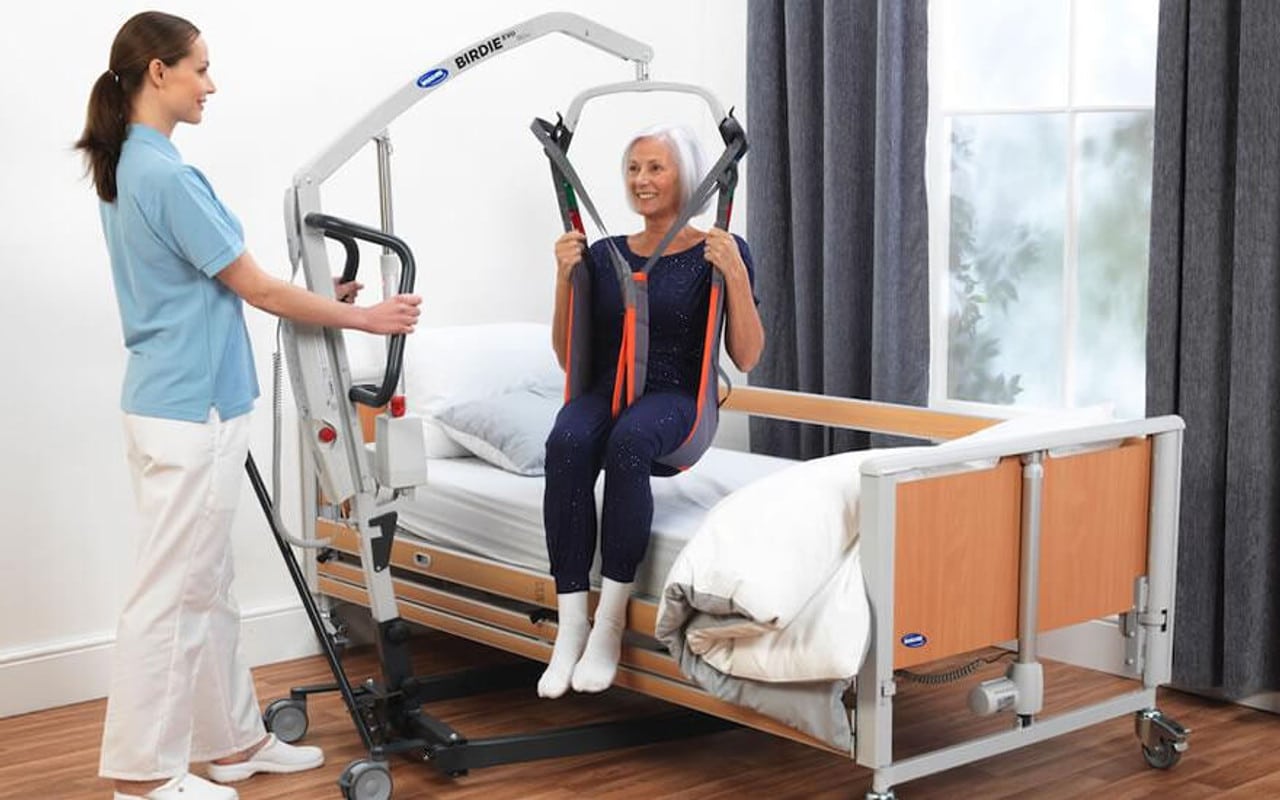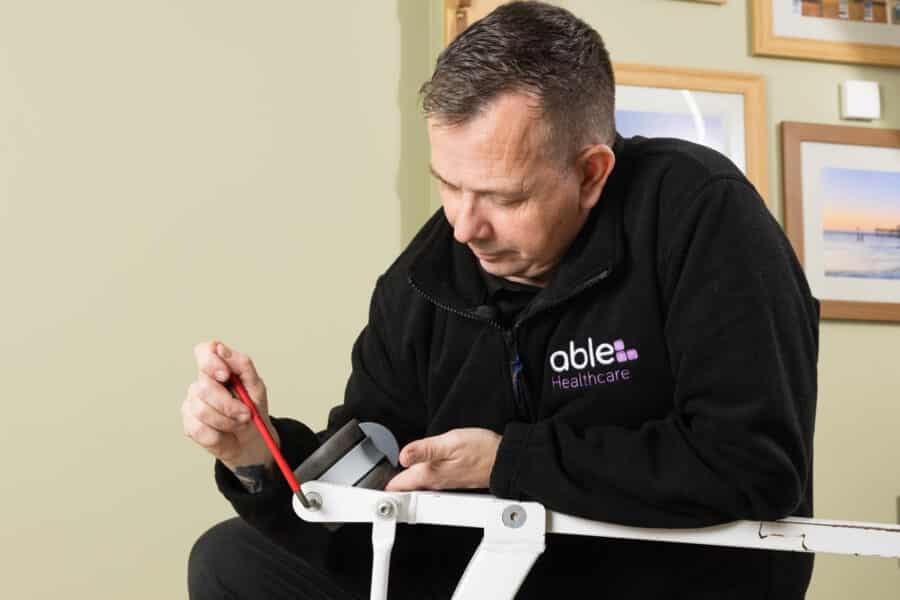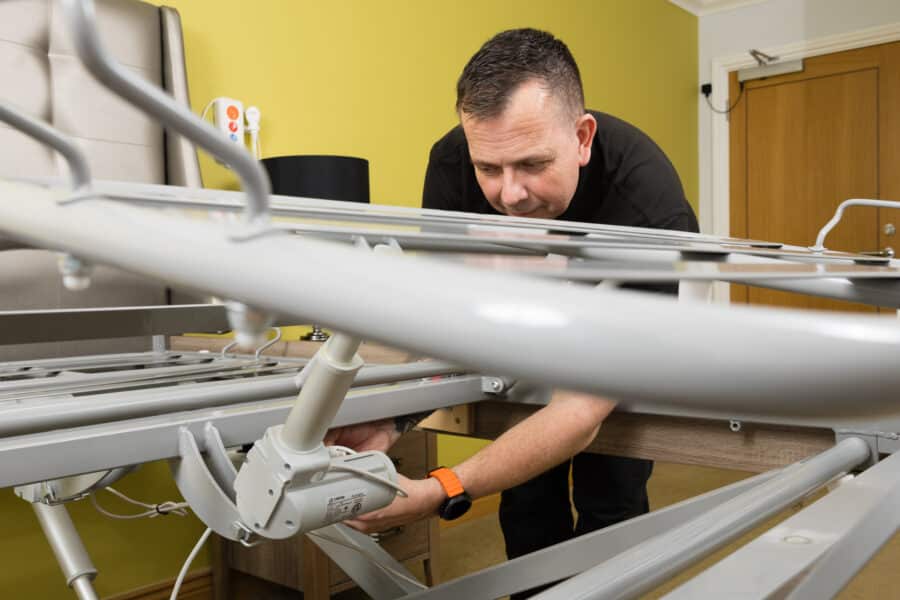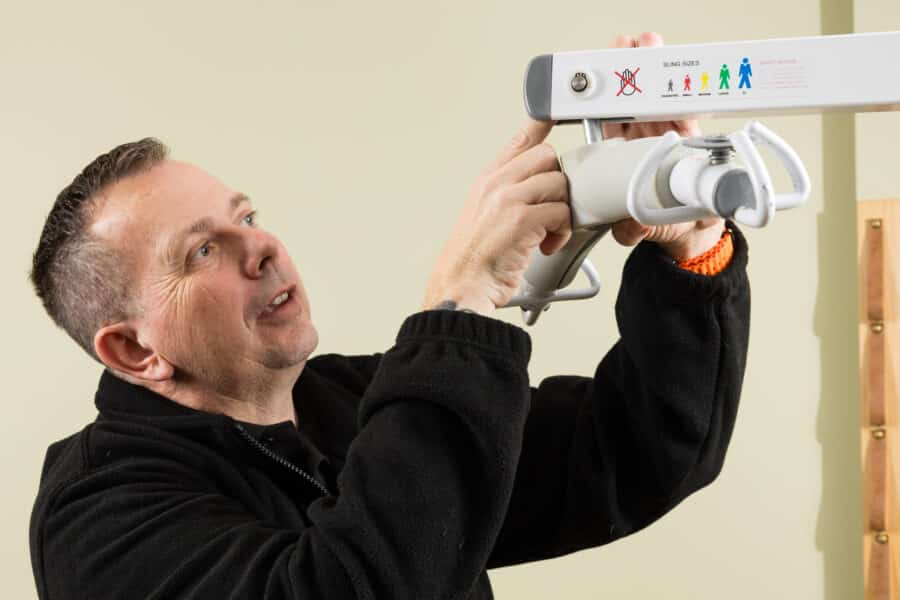Most people know that moving and handling equipment needs regular servicing. They also understand that lifting equipment must meet LOLER regulations (Lifting Operations and Lifting Equipment Regulations). But what about lifting accessories—specifically, patient slings?
What is LOLER?
LOLER applies to all lifting equipment and operations in the workplace, whether it’s used for people or objects. That means patient lifting slings also fall under these regulations. Slings are essential to the lifting process and must meet the same safety standards as hoists and lifts.
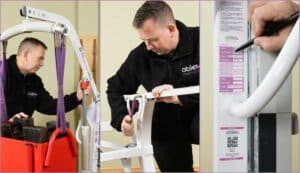
Able engineer James completing a thorough LOLER test and hoist service
Key LOLER Definitions from the HSE
Understanding two core definitions from the Health and Safety Executive (HSE) helps clarify responsibilities:
-
Lifting equipment: Any work equipment used to lift or lower loads.
-
Accessory for lifting: Equipment used to attach a load to a lifting machine.
What Does the Law Require?
According to the HSE, lifting accessories (like slings) must be thoroughly examined every six months, or in line with a formal inspection scheme. You must also ensure that any lifting gear exposed to wear or deterioration is checked regularly by a competent person.
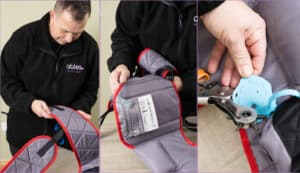
An equally thorough and important test is completed on an accompanying sling
Our Approach to Sling Inspections
At Able, our Field Service Engineers carry out six-monthly inspections of patient slings. These checks happen alongside regular LOLER testing and hoist servicing at your care facility.
By inspecting your slings during the same visit, we provide:
-
LOLER certification for both hoists and slings
-
Assurance that your care equipment remains safe and legally compliant
What We Check During Sling Inspections
Each sling undergoes a full inspection based on the following criteria:
-
Clear visibility of the manufacturer’s label (including safe working load, serial number, and washing instructions)
-
Stitching quality
-
Tape condition – no fraying or wear
-
Fabric thickness – no thinning
-
Stress marks
-
Fading or discoloration
-
Cleanliness and hygiene
If the sling passes all checks, we issue a detailed inspection report for your records.
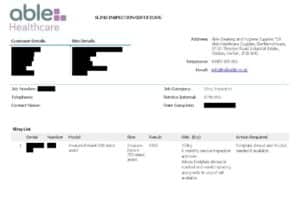
A clear inspection report is provided for your records.
Why Failing a Sling Isn’t Always a Bad Thing
Sometimes slings fail inspections due to worn edging, frayed tape, or damaged Velcro. While it may feel frustrating, catching these issues early prevents accidents.
Most customers appreciate knowing about faults before they cause harm. It gives peace of mind that all lifting equipment and accessories are safe, secure, and compliant.
If you’re unsure about the safety of your lifting slings, or you’d like to schedule an inspection, get in touch. We’re here to help you keep both your residents and your equipment protected. Please call us today on 01953 885661 or email us at service@helloable.co.uk
For more information about maintaining and testing your care equipment, click here.
